On Friday, the Supreme Court overturned a Trump-era ban on bump stocks, which are a rapid-fire gun accessory used in some of the deadliest mass shootings in U.S. history. When using a bump stock, a shooter can fire at a rate of hundreds of rounds per minute.
After a deadly massacre in 2017 at an outdoor music festival, former Republican President Donald Trump pushed for the ban on bump stocks for guns.
Right Leaning Supreme Court Disagrees with Trump
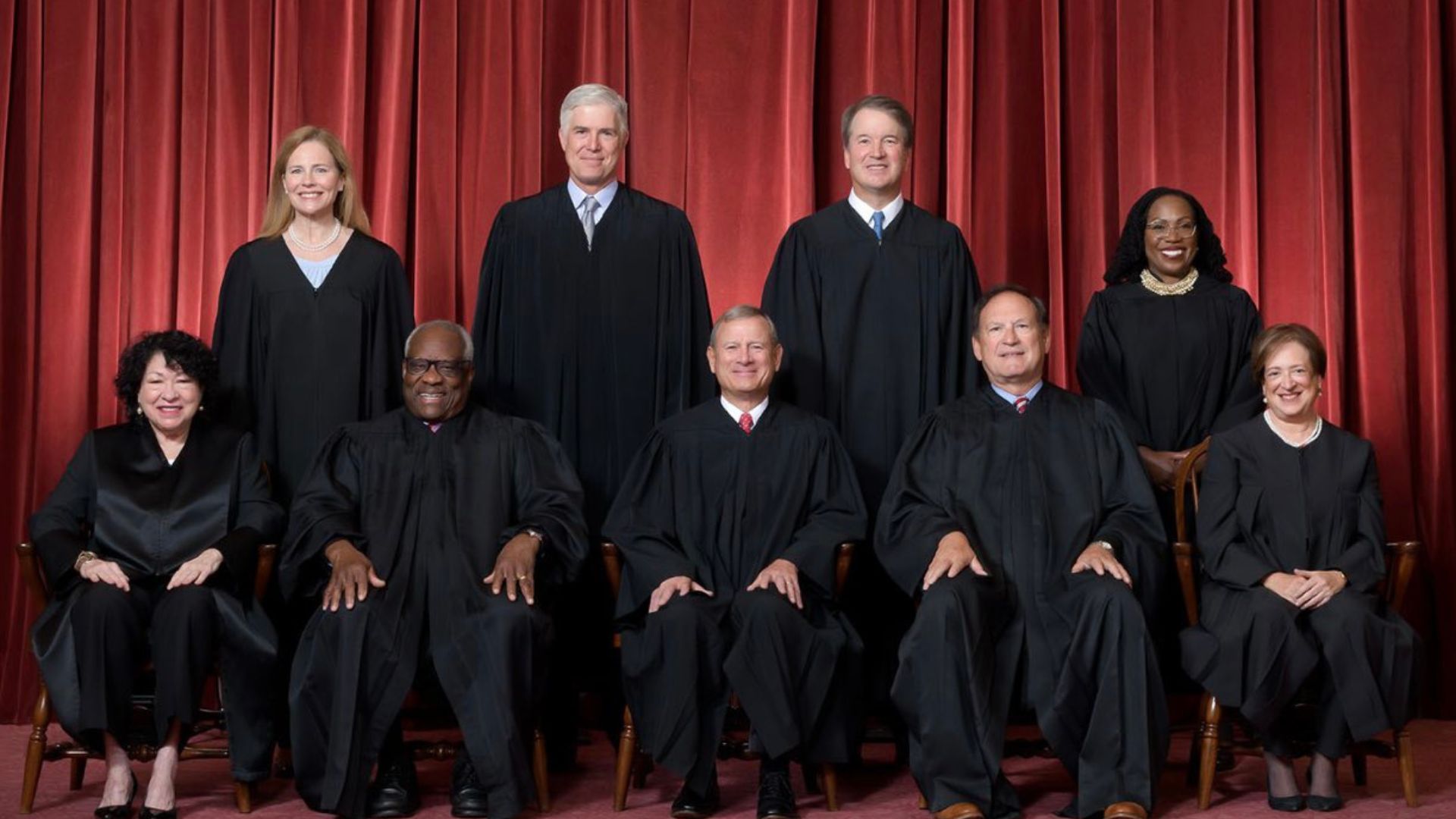
The conservative-leaning Supreme Court, of which Trump appointed three judges, decided that his administration overstepped its bounds when it banned the sale and purchase of bump stocks for machine guns.
Trump’s original decision came as a shock to both sides of the aisle. After a deadly massacre occurred in Las Vegas in 2017 at a country music festival, the president took quick action to restrict the sale of the accessory.
What Happened at the 2017 Las Vegas Massacre

During a country music festival in the early days of Donald Trump’s presidency, a gunman opened fire using a bump stock.
The killer was able to shoot more than 1,000 rounds into a crowd in a short 11-minute span. Dozens were killed, and hundreds were wounded during the shooting.
Initial Response to the Gun Accessory Ban

The gun accessory ban originally came as a shock to both sides of the aisle. Trump has been outspoken throughout his political career in states like California that attempt to ban or restrict gun ownership.
It seems to be one of the first moves that pushed some of his staunch supporters against him. Florida State Rep. Matt Gaetz said that “there was a lot of misinformation about bump stocks. I think responsible gun ownership enhances safety,” as he gently disagreed with the sitting president.
Justice Clarence Thomas Wrote the Final Declaration
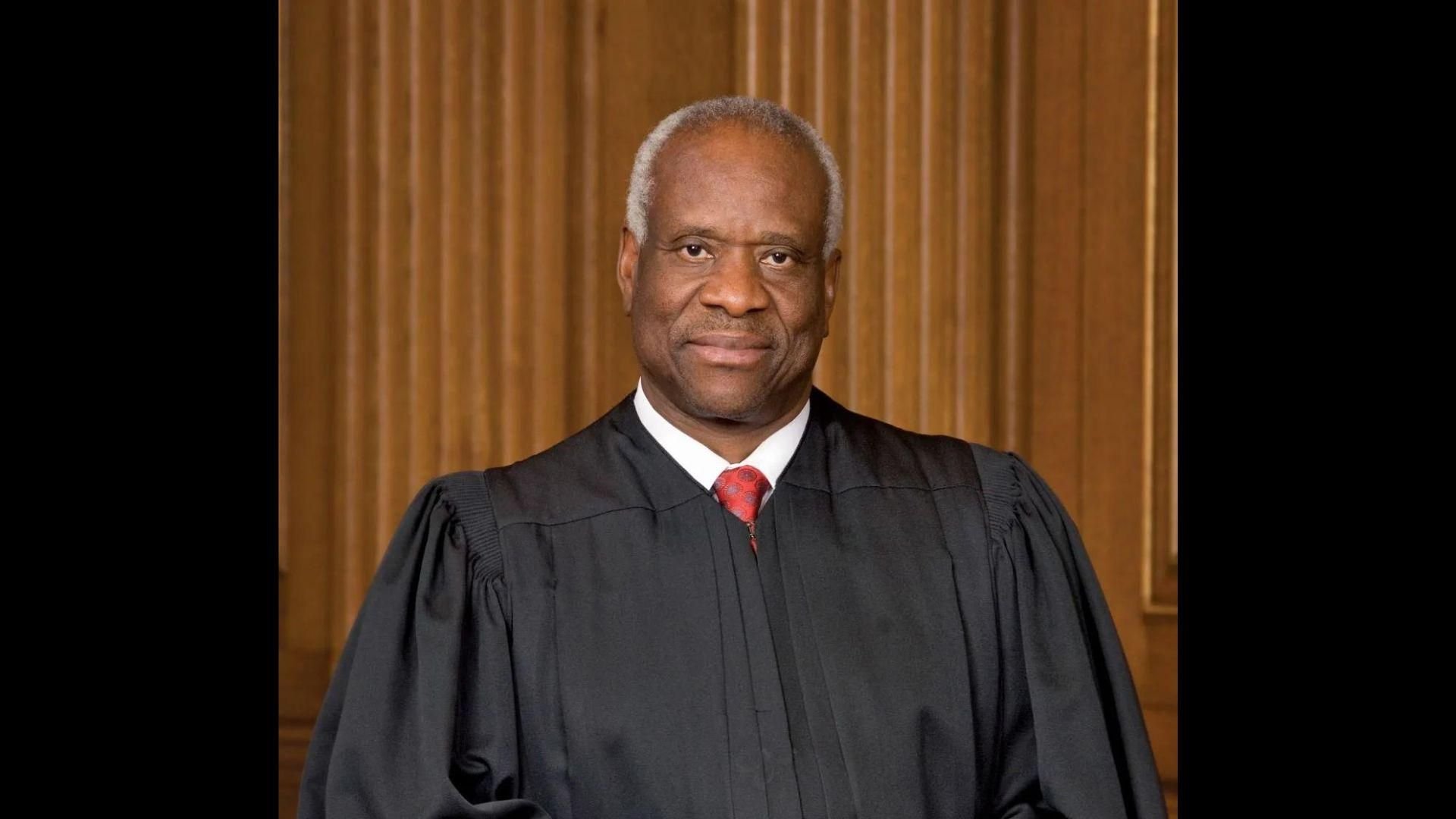
In his final opinion piece, Justice Clarence Thomas found that the Justice Department was incorrect in allowing the ban on bump stocks. His reasoning asserts that the accessory does not “alter the basic mechanics of firing.”
While Thomas is correct in stating that a bump stock does not alter the mechanics, it does, in fact, alter the use of the gun. As the gun recoils after firing, the stock “bumps” the trigger against the shooter’s finger, which causes the rifle to fire again without the added effort of the gun holder.
Recent Changes to the Second Amendment a Growing Concern for Some
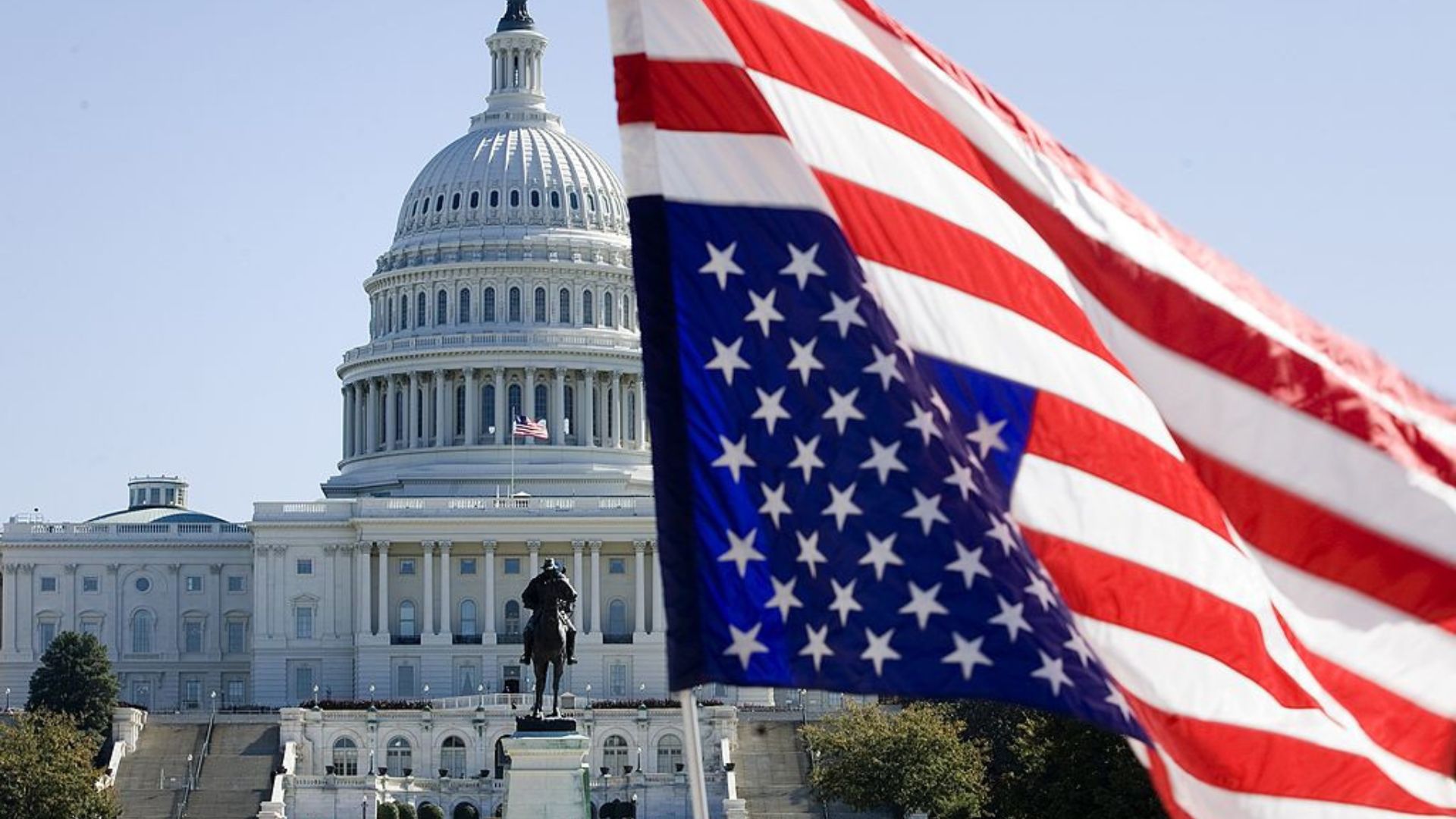
Recently, the Supreme Court made another controversial ruling on major gun changes. The 9-0 decision in Dillia V. Texas ruled that individuals an sue states in federal court for compensation under teh Takings Clause of the Fifth Amendment.
The ruling has complicated implications for the Second Amendment and may allow plaintiffs to argue takings violations when contesting state gun control laws, such as bans on assault style weapons, magazine restrictions, and registration requirements.
Trump Is Now Downplaying His Role in Banning the Accessory
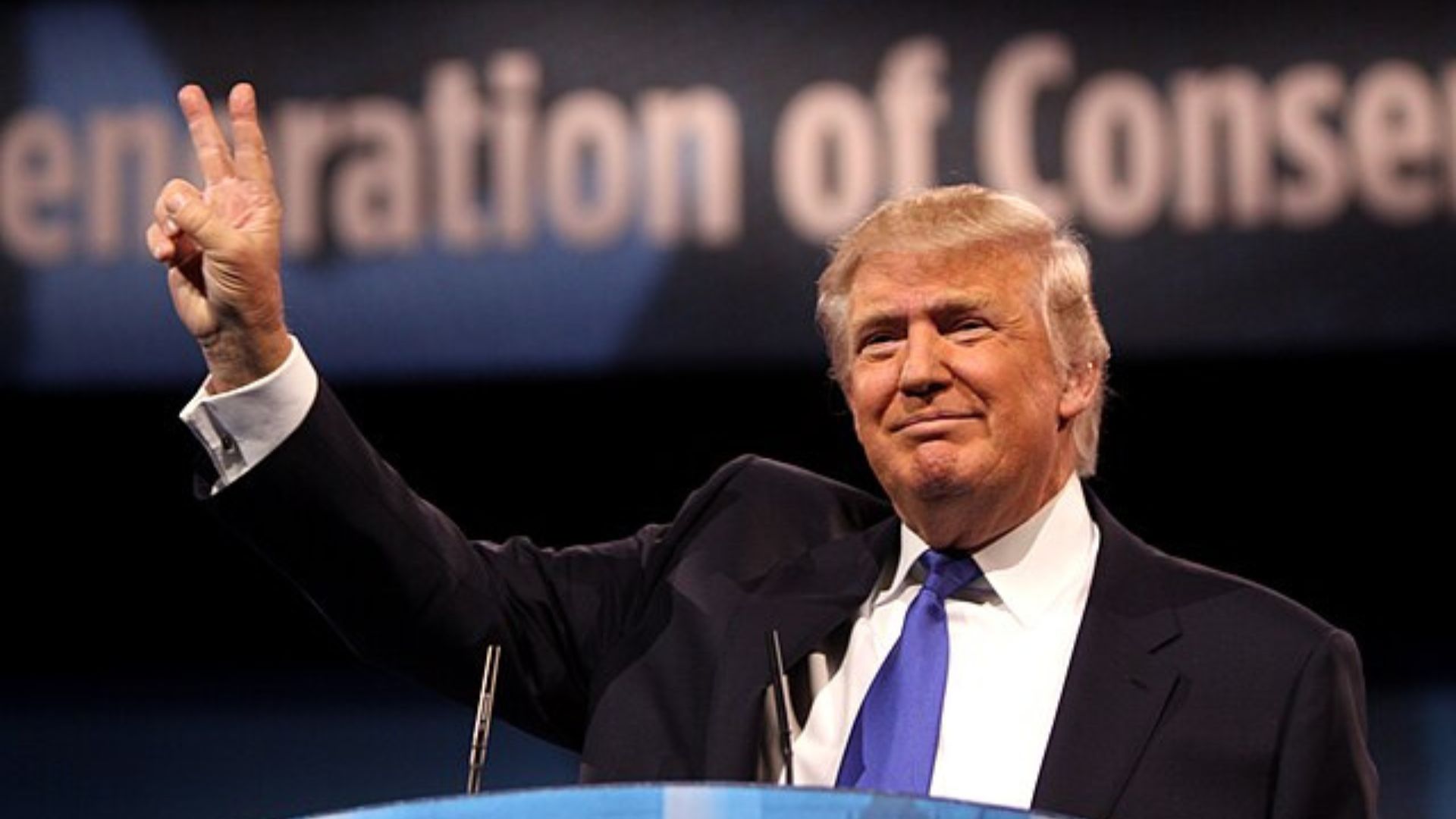
During his bid for re-election, Trump has now downplayed his role in the initial ban on bump stocks. At a National Rifle Association meeting in February, the former president claimed that “nothing happened” with gun control or restrictions during his tenure.
To sway gun-rights advocates, he assured the group that “no one will lay a finger on your firearms” despite very few gun control measures being passed in the U.S. in recent years.
The Argument for Banning Bump Stocks Boiled down to Breach of Authority
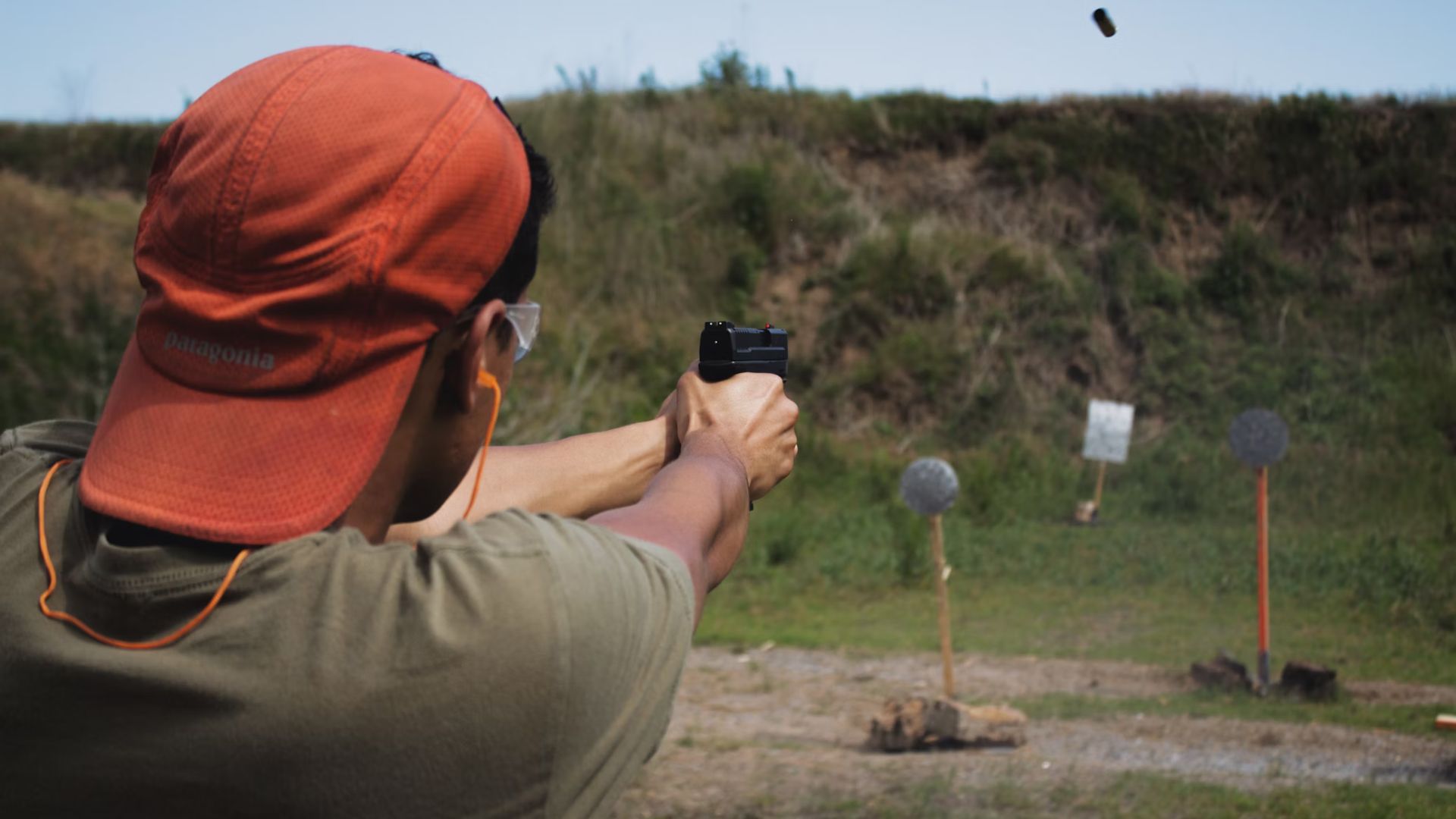
The Supreme Court handed down the decision to overturn the ban on bump stock accessories based on the ATF overstepping its authority and not on any laws surrounding the Second Amendment or firearms.
Despite the reasoning for the Supreme Court’s decisions, fifteen states and the District of Columbia have their own bans on bump stocks to protect residents.
A Similar Ban Was Almost Put In Place During the Early 2000s
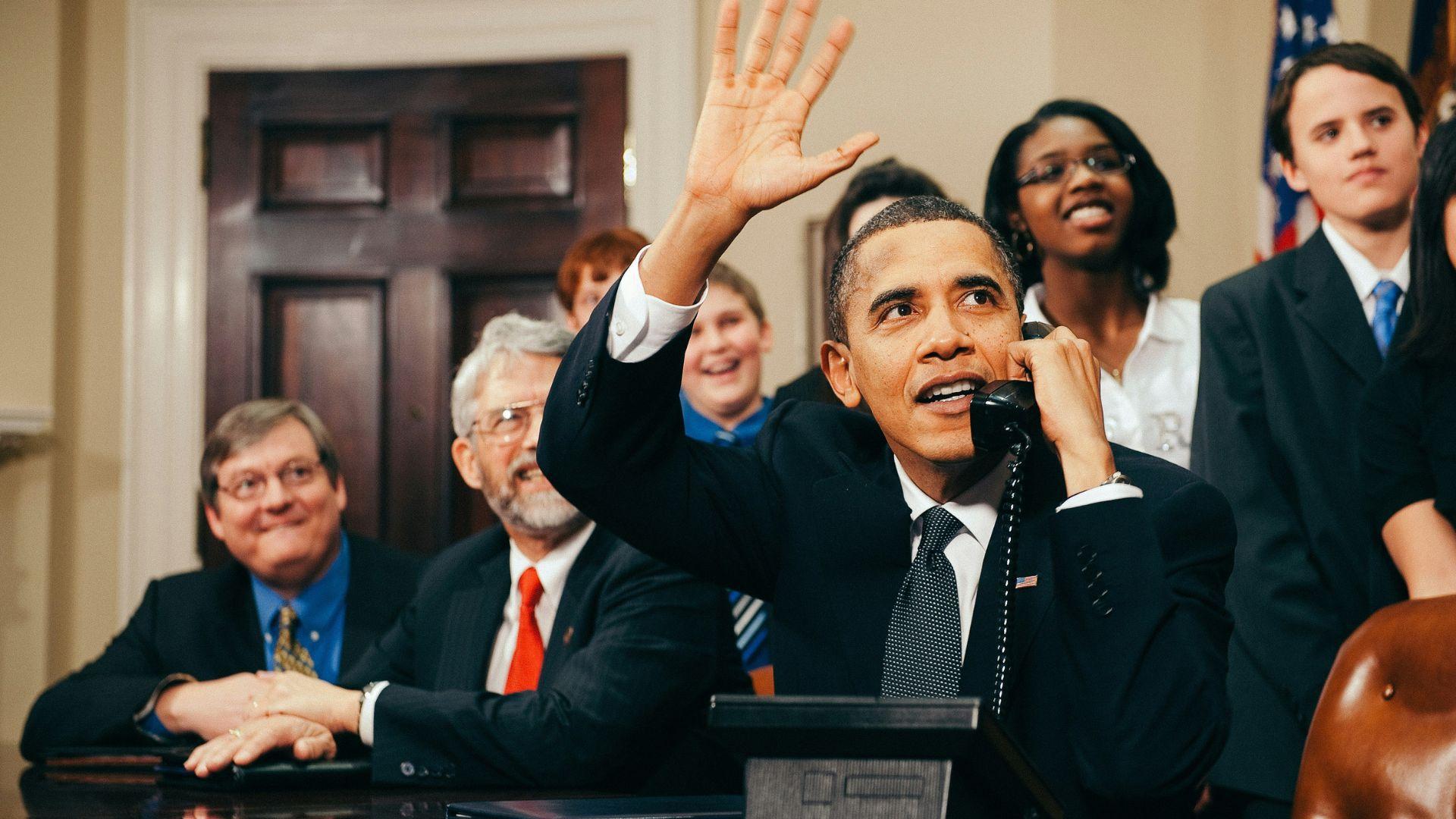
Although situated on opposite sides of the political spectrum, Republican President George W. Bush and Democrat Barack Obama came together in the early 2000s to support banning the sale of bump stocks.
At the time, the ATF decided that the accessory didn’t transform semiautomatic weapons into machine guns and was, therefore, legal to purchase.
The Case Was Challenged by Gun Shop Owner and Military Veteran

The ban was originally challenged by a gun store owner and military veteran based out of Texas. Michael Cargill found representation through the New Civil Liberties Alliance, which gets funding from conservative donors like the Koch family.
Cargill’s argument is predicated on the fact that bump stocks indeed allow for rapid firing, but they should be allowed as the gun user will still need to put in effort when firing the gun. Enthusiasts say that they use the accessory when hunting or in precision competitions.
Plaintiffs Were Concerned About Financial Loss
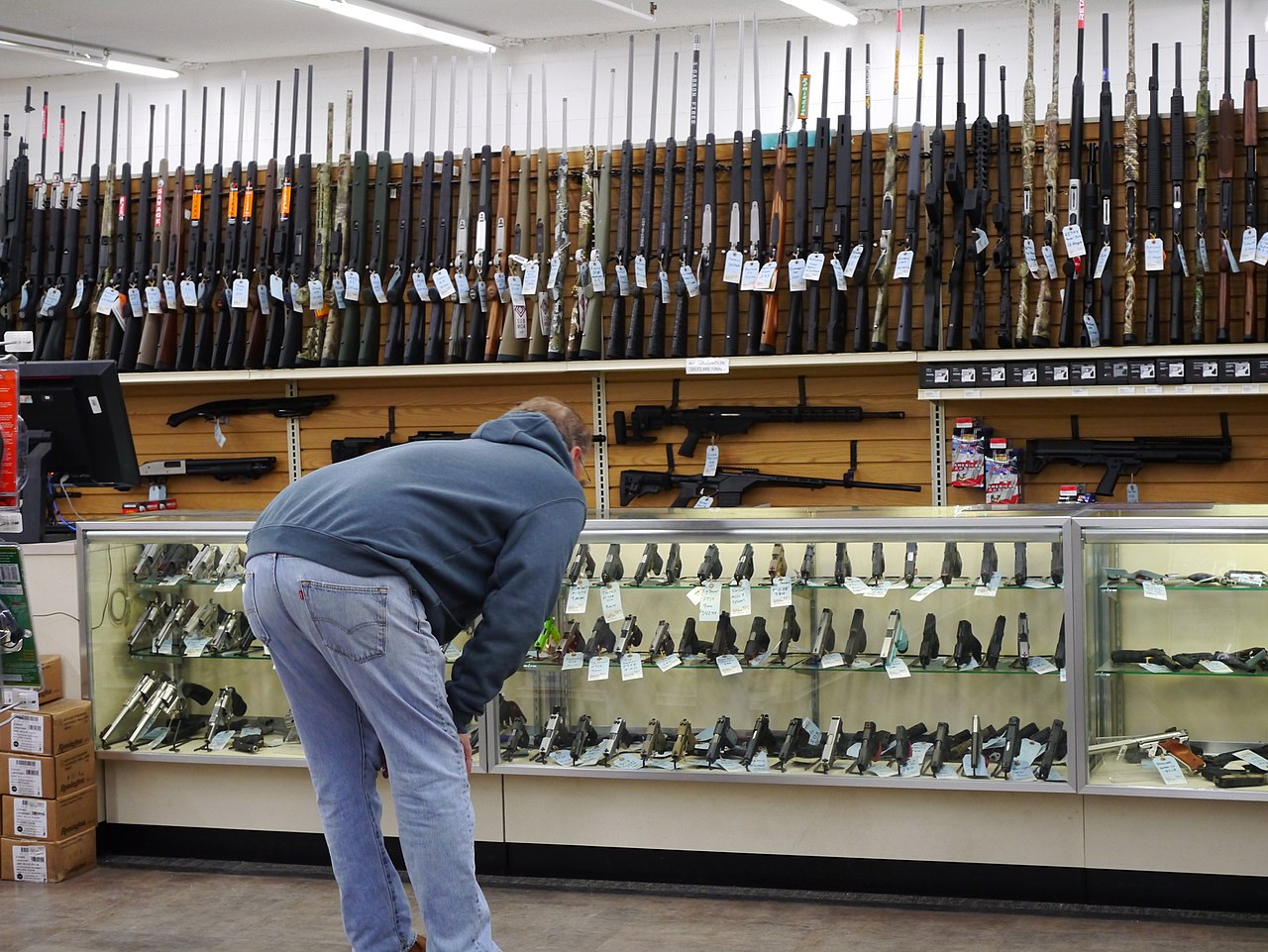
As a gun store owner, Cargill makes his living from selling guns, bullets, and accessories.
His argument when challenging the ban cited that the ruling forced 520,000 bump stocks to become surrendered or destroyed, resulting in an estimated loss of $100 million.
Cargill Celebrated His Win Online
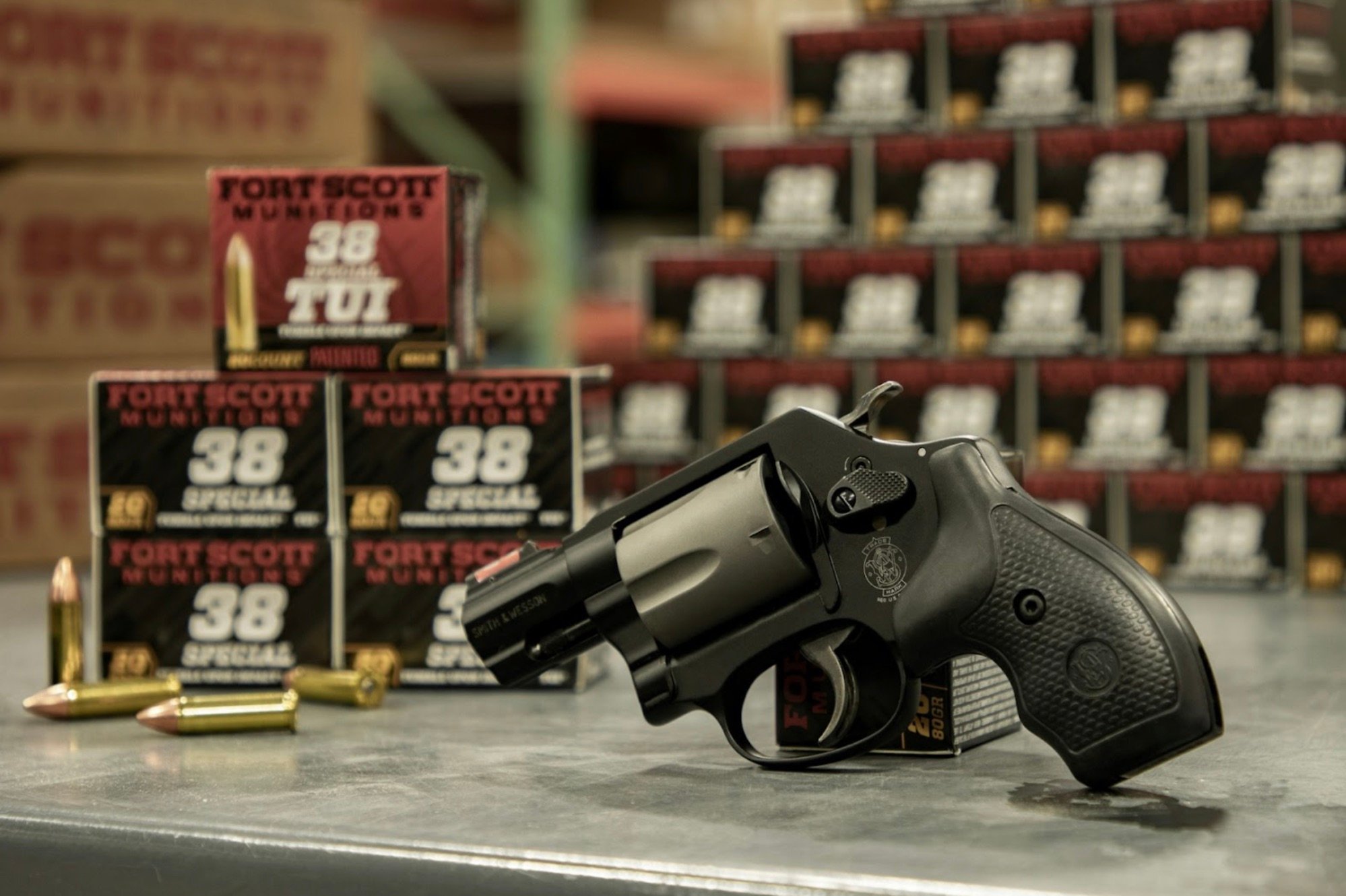
Although handguns are the most common weapon to use in mass shootings, many killers have employed the use of semiautomatic weapons and augmented rifles. Each of the four of the deadliest shootings, Las Vegas, The Orlando nightclub massacre, Sandy Hook Elementary massacre and Texas First Baptist Church massacre, featured semi-automatic weapons.
It’s unknown who will get their hands on a bump stock in the future. For now, Cargill took to social media, saying that the ruling would have a ripple effect on the government and that he was “glad [he] stood up and fought.”








































